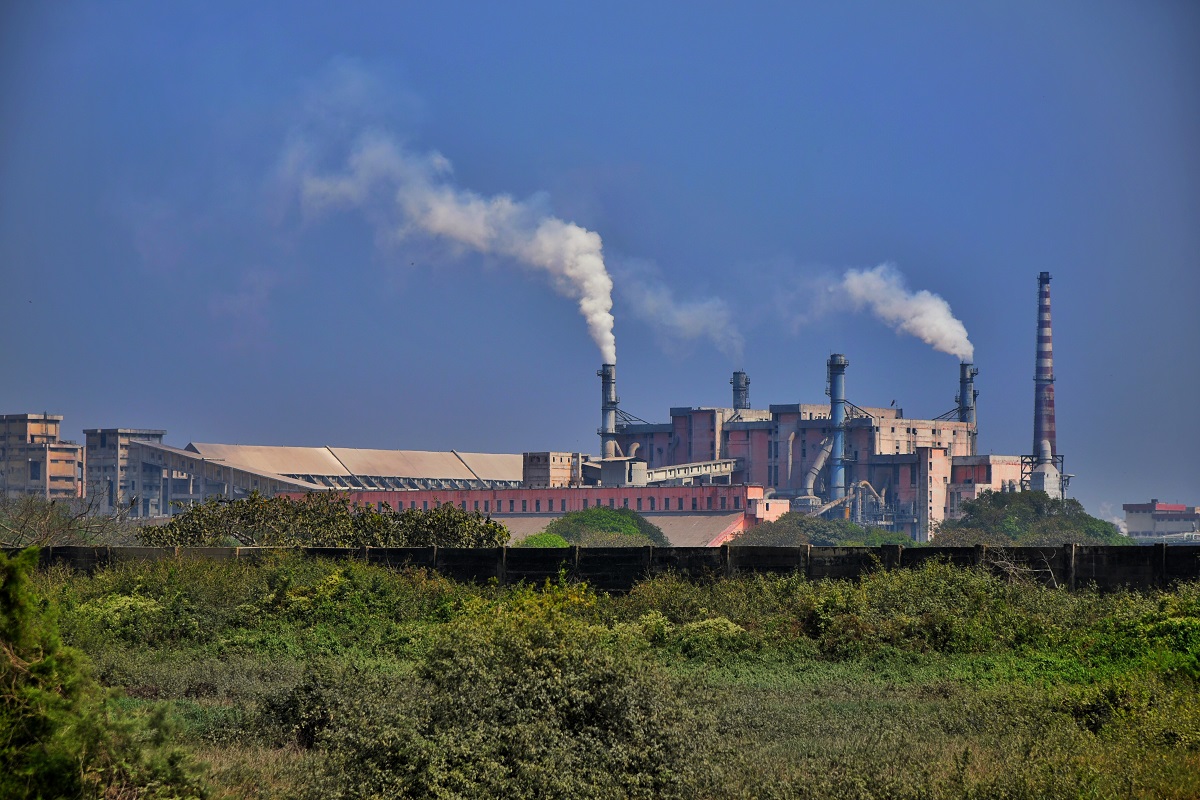The particulate pollution spiked and stayed elevated with varying intensity across all regions in India during the winters from 15 October to 28 February, revealed a study conducted by Centre for Science and Environment (CSE).
Even though the overall regional averages of PM 2.5 levels were lower than the previous winter in most regions, the winter smog episodes recorded severe spikes in several regions.
As per CSE, six Bihar towns feature in the top 10 most polluted cities this winter, with Siwan and Munger at the top.
In the northern plains, Ghaziabad, Delhi, Faridabad, and Manesar are third, fifth, seventh and tenth in the list. Even though the seasonal average in smaller cities of Bihar rivals the mega-cities of NCR, their peak pollution during smog episodes are comparatively milder.
The NCR cities have experienced the most severe daily (24-hr average) PM 2.5 levels with Ghaziabad being the worst hit. Delhi, Noida, Faridabad, Greater Noida, and Gurugram are among the worst peak pollution (24-hr average) this winter.
“Peak pollution was alarmingly high and synchronized, despite large distances within the regions – especially in the northern and eastern plains,” stated CSE.
“The winter pollution challenge is not limited to mega cities or to one specific region; it is now a widespread national problem that requires urgent and deliberate action at a national scale. This requires quicker reforms and action in key sectors of pollution – vehicles, industry, power plants and waste management to bend the annual air pollution curve and daily spikes,” says Anumita Roychowdhury, executive director, research and advocacy, CSE.
“As availability of real time air quality data has improved in several regions with expansion of the air quality monitoring systems, it has become possible to assess the regional differences and the unique regional trends. This can help to inform the regional clean air action,” says Avikal Somvanshi, programme manager, Urban Data Analytics Lab, CSE.
The PM2.5 winter average of the eastern region is over three times the average of the cities in southern India and 22 per cent more polluted than north Indian cities. Within the east, the Bihar sub-region is the most polluted.
From the peak 24-hour, PM2.5 level perspective, north Indian cities have recorded the highest daily pollution levels on an average. Within north, Delhi-NCR remains the most polluted sub-region with their worst days being almost five times the average. Its peak pollution is also almost five times higher the average peak of northeastern India cities (region with lowest peak pollution) and about 60 per cent higher than the average peak of eastern cities (region with the worst regional average).












